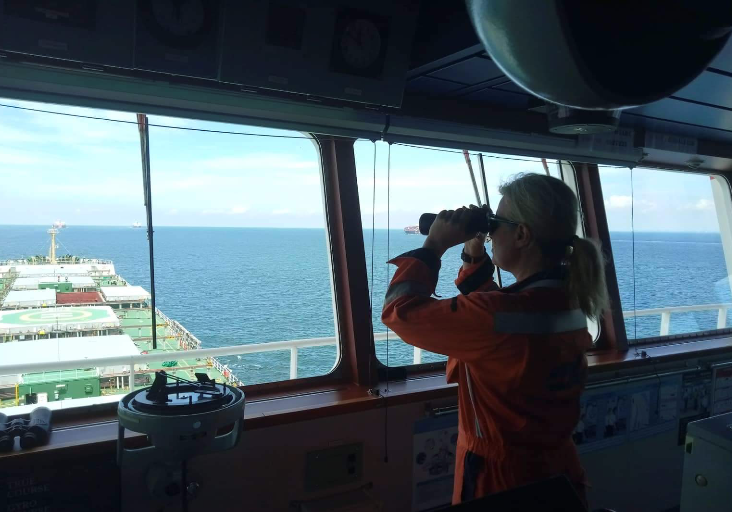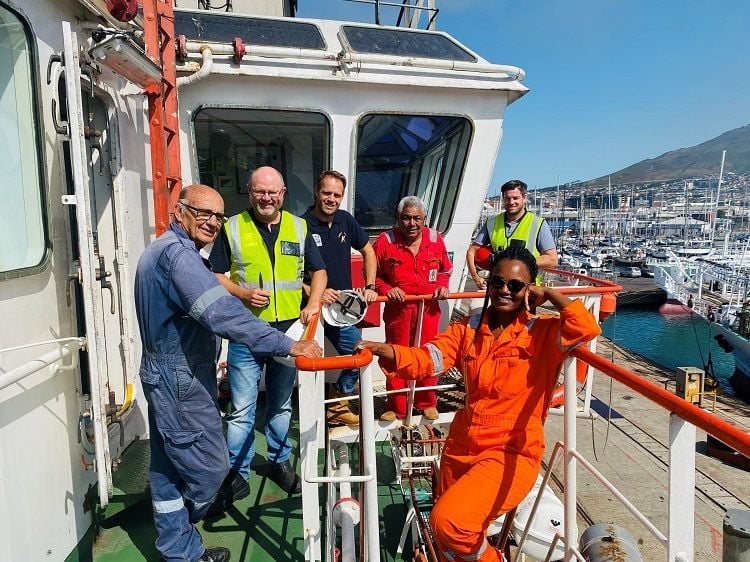7 Benefits of the Internet of Things in the Maritime Industry
Dec 05, 2024 · 12 mins read ·
Maritime Industry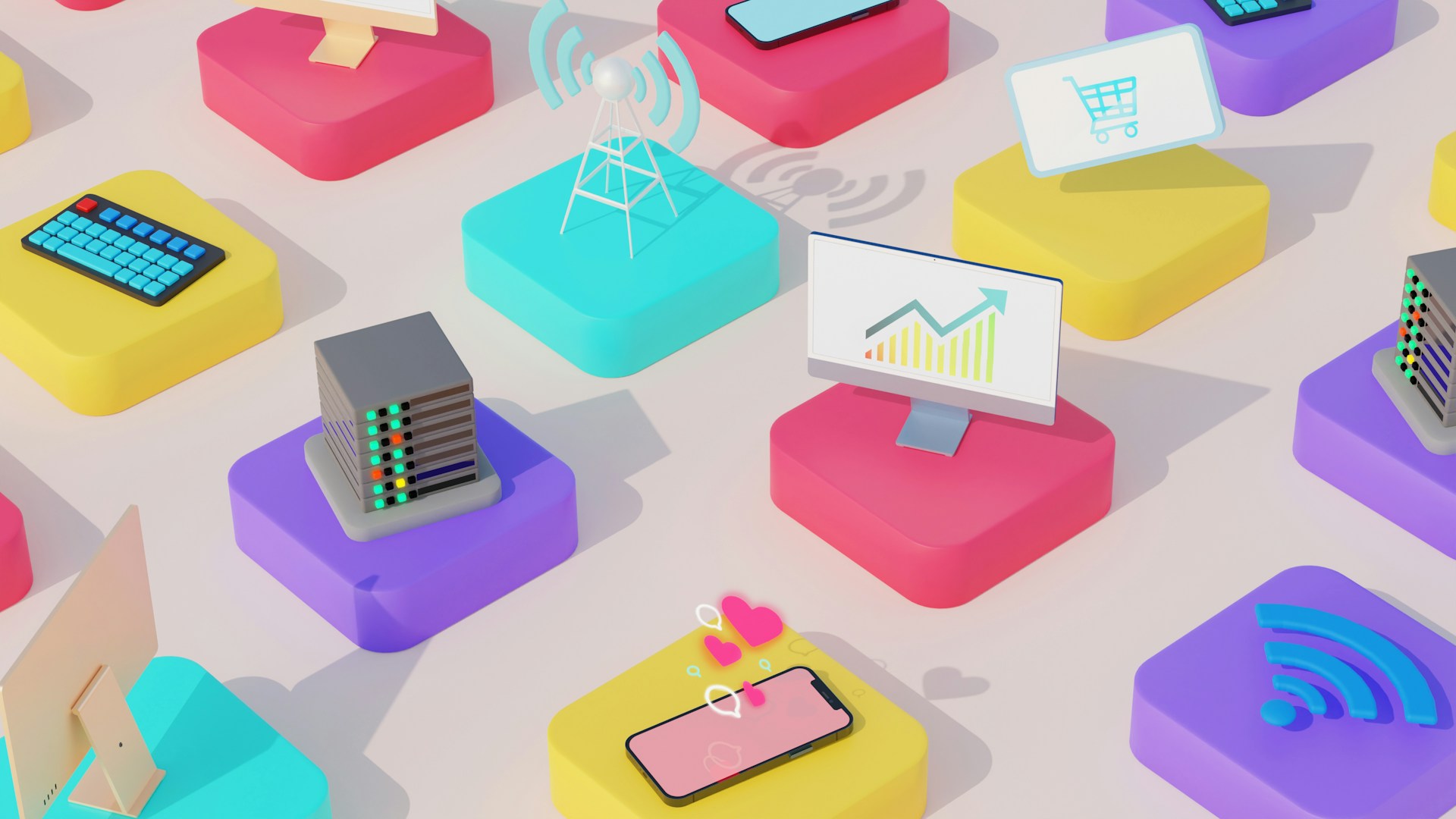
Businesses today need to be driven by decisions that are made based on data and analytics. This is especially true of the maritime industry with its multiple facets and complex operations.
We’ve talked before about the multitude of ways that various technologies of the future are having an effect on shipping as business leaders in the sector are realizing the potential of connecting, integrating, automating and digitizing.
In fact this increase of organizations that are willing to change the way they work is being hailed as the Fourth Industrial Revolution - i.e. using smart technology to automate traditional manufacturing and industrial practices.
In this blog we’ve previously discussed how shore-based simulator training and Virtual Reality (VR), Mixed Reality (MR) and Augmented Reality (AR) are increasingly becoming commonplace in helping to train seafarers. And we’ve also looked at the use of both Bluetooth and blockchain technology in the maritime industry.
We’ve talked about the ways that RFID, or Radio Frequency Identification, is being adopted as a technology of the future to effect change in the maritime industry as well as AIDC - or Automatic Identification and Data Capture - technology.
RFID sensors are now the norm within the industry, particularly in ports and are enabling ship owners to reduce costs and increase security by capturing data, generating reports, eliminating paperwork and tracking the movement of cargo truck drivers.
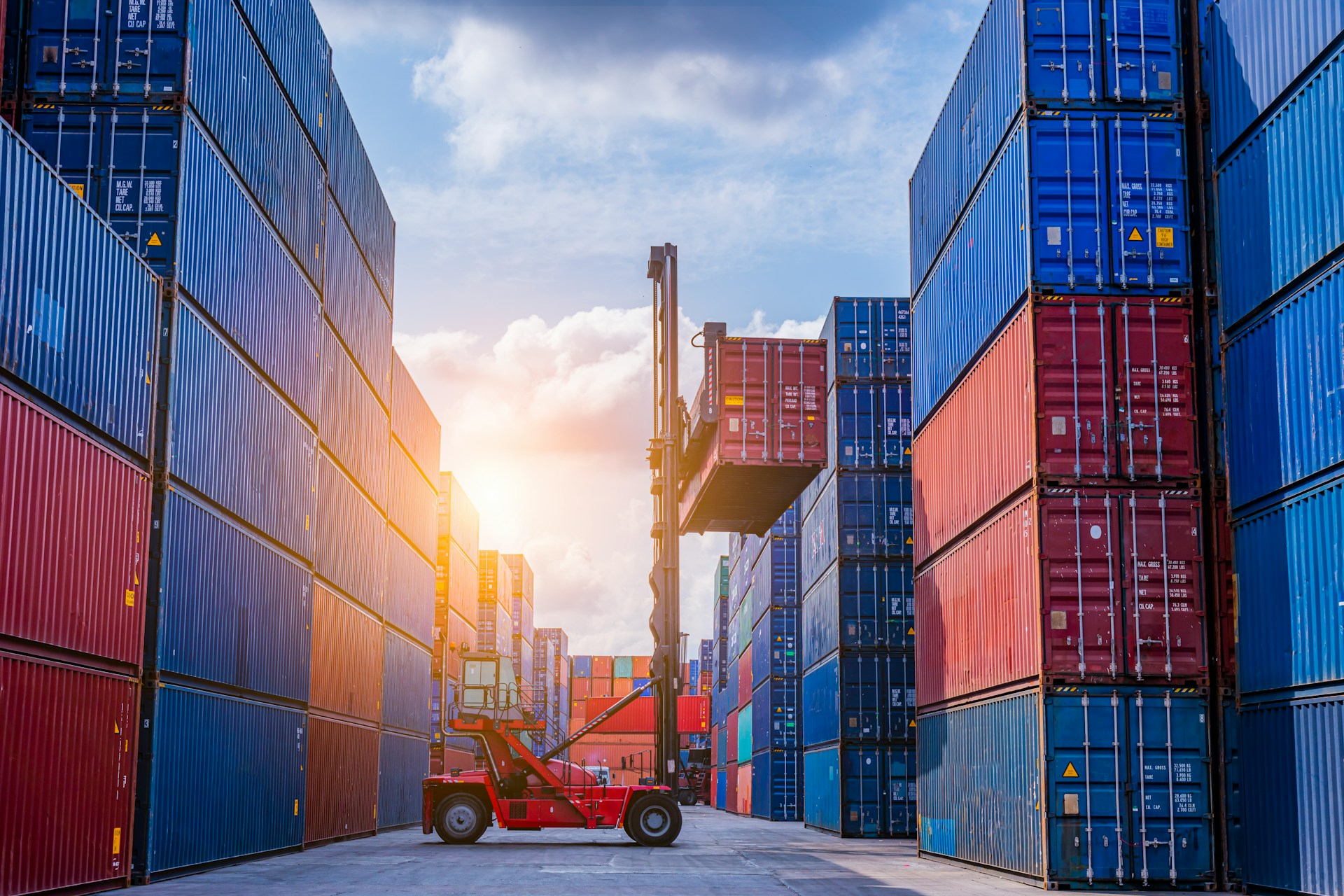
And the convergence of IoT with technologies such as artificial intelligence, big data analytics, and blockchain is creating new opportunities in the maritime sector. This integration facilitates more efficient operations, better decision-making, and enhanced transparency across the supply chain.
The Internet of Things and innovations in the maritime industry
So, with shipowners and ship managers becoming more accepting of, and more likely to, implement processes and solutions that can streamline maritime operations, we’re going to take a closer look at the rise of the Internet of Things - the IoT - as it helps to propel shipping forward so the industry can embrace future technologies and meet the future head on.
The maritime industry is increasingly integrating the Internet of Things to enhance operational efficiency, safety, and sustainability. Recent advancements in IoT applications are transforming various aspects of maritime operations.
Sectors such as maritime, supply chain, logistics and transportation are not normally known for being early adopters but the IoT is changing the way that many in these industries think
What is the Internet of Things?
There is a lot of chatter about the Internet of Things. But what exactly is it? In a nutshell, the IoT is the regular internet - but on steroids. It refers to devices - both everyday devices and commercial technology - that communicate with each other over the internet.
These devices contain hardware such as sensors and electronics which give them the ability to interact with other objects and to be monitored and controlled from afar.
The Internet of Things is all about connectivity: think of it as joining the dots between devices, equipment, machines, human beings and data.
7 Benefits of the IoT for the maritime industry
There are multiple advantages of embracing the Internet of Things in the maritime industry. The main objectives being greater efficiency in operations, a reduction of human error, minimizing risk (both safety and security), and being able to offer a better quality of service overall.
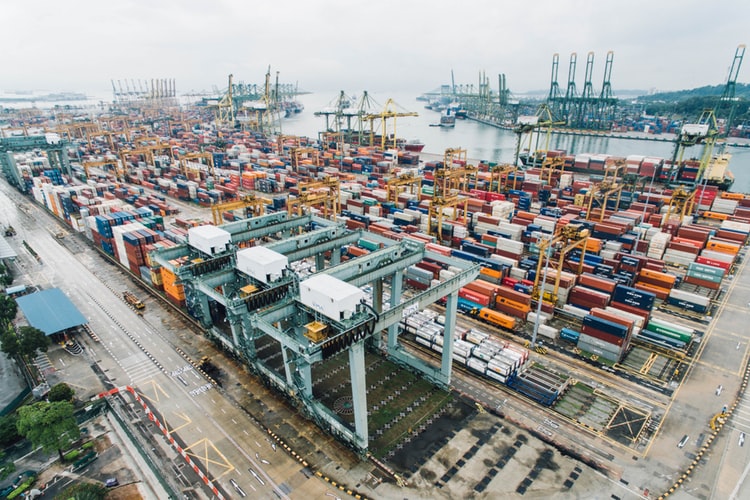
1. Increased efficiency and cost reduction
In terms of increasing efficiency and slashing process times and costs, the IoT provides a way to supply automatic real time shipping updates throughout the entire supply chain process. From loading and then unloading cargo to transportation at the port to warehousing.
This means that being able to identify and track cargo will arm shipping companies with valuable information that allows them to make on the spot decisions.
Everything from a shipment’s whereabouts, the estimated time of a delivery, and even the reasons for a delayed delivery will help organizations plan smarter routes and be more responsive to customers. In other words, they'll be able to run a tighter ship!
Having access to real time updates is a huge bonus but the IoT is also coming into its own when it comes to fighting the war against counterfeit goods, as well as helping to manage expiration dates on inventory that is perishable.
2. Data capture for better decision making
IoT solutions help operators make better decisions through the use of predictive analytics. From planning ahead for the aforementioned smarter routes to the identification of problem areas, potential delivery issues can be tackled before they become a reality.
The integration of Radio Frequency Identification (RFID) and Automatic Identification and Data Capture (AIDC) technologies with the IoT are also proving to be a huge help now that they are being increasingly employed to assist with analytics.
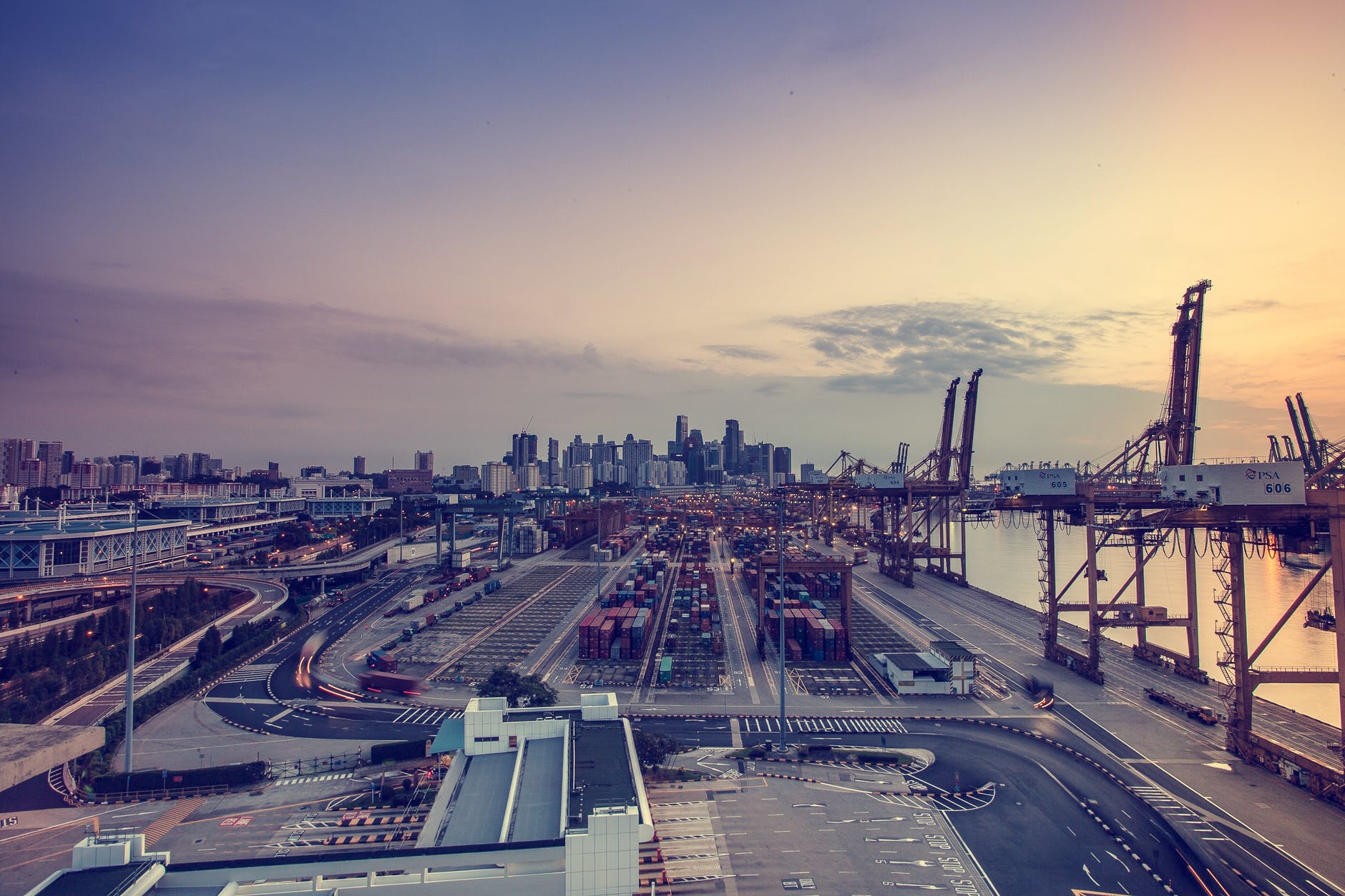
AIDC can be used to analyze existing logistic processes and can then suggest other options for making sure that shipments reach their destinations at their targeted times.
3. Preempting issues with predictive maintenance
Preemptive maintenance is another area in which the Internet of Things is hitting it out of the park. Not only does pinpointing and addressing potential and small issues before they become big problems save money on repairs and downtime, but it also increases the safety of the crew onboard.
Using the IoT, shipowners and managers are able to monitor the machinery and equipment onboard a vessel and, again, real time monitoring comes into its own by enabling problems or maintenance issues to be dealt with immediately.
The IoT sensors are installed on maritime equipment and collect data on performance metrics, allowing for predictive maintenance strategies. By analyzing this data, operators can identify potential issues before they lead to equipment failure, thereby minimizing downtime and maintenance costs.
4. Reducing fuel consumption and costs
The maritime industry is under pressure to reduce fuel consumption and the Internet of Things is proving to be a force for change in this area too. IoT-based smart meters, monitors and sensors onboard vessels collect performance data and accurately track fuel consumption.
This intel is relayed back to the office on shore, enabling ship’s Masters and operators to plan the most energy efficient routes possible.
This results in shipowners not only saving money but allows them to also operate in a more environmentally friendly manner by reducing carbon emissions.
It’s good news for shipping companies and it's good news for the environment.

5. Enhanced port operations
When it comes to life on land, smart ports are becoming the norm and are increasingly utilizing IoT devices to monitor and manage port activities in real-time.
A smart port refers to a technologically advanced port that uses digital tools, IoT (Internet of Things), automation, and data-driven systems to enhance the efficiency, sustainability, and security of port operations.
Smart ports integrate modern technology to optimize various processes, including cargo handling, vessel scheduling, port traffic management, and environmental monitoring.
Sensors track cargo movement, environmental conditions, and equipment status, facilitating efficient logistics and reducing congestion. This real-time data collection and analysis improve decision-making processes, leading to more streamlined operations.
6. Environmental monitoring
The environment is a huge issue in the world of shipping and logistics and it’s no surprise to find that the Internet of Things is being used to help make the maritime industry more eco-friendly and sustainable.
IoT technologies assist in monitoring environmental parameters such as water quality, emissions, and weather conditions. This information is crucial for compliance with environmental regulations and for implementing sustainable practices within maritime operations.
7. Improved safety and security
Another hot topic in shipping is security - that of vessels, their cargo, and of course seafarers themselves. The increasingly unstable situation in the Red Sea has led to an increase of terror attacks by certain organizations and the issue of piracy is never far from mind.
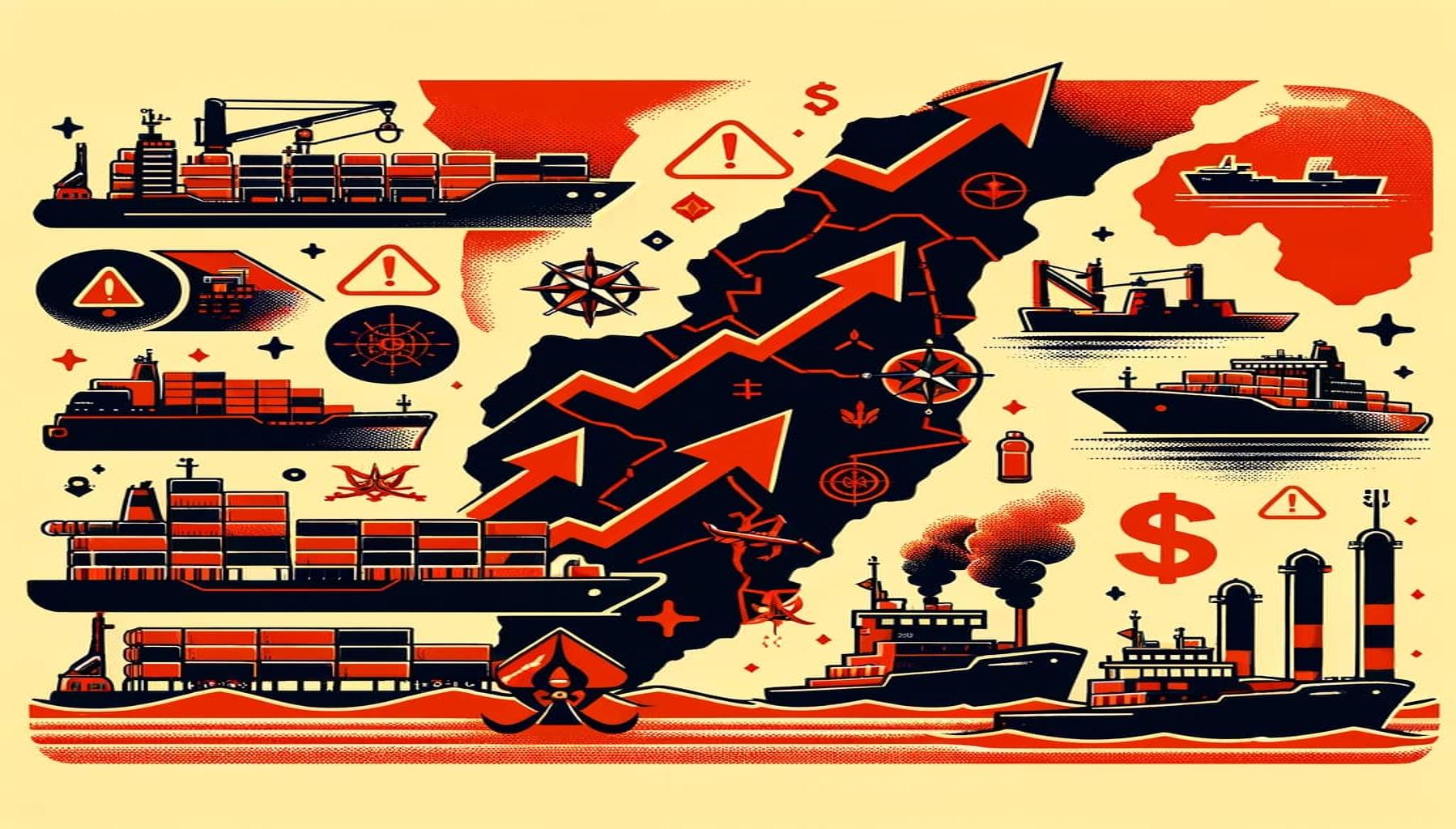
Therefore the deployment of IoT devices to enhance maritime safety is a welcome one. As well as providing real-time tracking of vessels and cargo, monitoring onboard conditions, and detecting anomalies, as we’ve covered, advanced systems can integrate AI and machine learning to predict and mitigate potential hazards, thereby improving overall security.
Smart shipping and autonomous vessels
It’s not just traditional container and cargo ships, bulk carriers and tankers that are affected by the Internet of Things. IoT technologies are also pivotal in the development of autonomous and smart ships that are equipped with sensors and data analytics capabilities.
These vessels can also monitor the equipment health and optimize fuel consumption, and predict maintenance needs, thereby reducing downtime and operational costs. The integration of IoT with autonomous navigation systems enables vessels to operate with minimal human intervention, enhancing safety and efficiency.
Read more:Will Autonomous Ships Signal the End of Seafarer Jobs?
In summary, the latest advancements in IoT are revolutionizing the maritime industry by enabling smarter shipping, enhancing port operations, facilitating predictive maintenance, supporting environmental monitoring, improving safety and security, and integrating with other advanced technologies.
These developments are paving the way for a more efficient, sustainable, and resilient maritime sector.
Martide: a maritime recruitment and crew management solution
When the Internet of Things is taken advantage of, vessels are better maintained and safer, downtime is reduced, logistics, cargo planning and handling and workflows are streamlined, and costs and harmful emissions are lowered.
And if you’re a ship owner or manager in a small to medium sized shipping company who would like to make your operations run more efficiently by utilizing integrated technology, you should really talk to Martide.

To gain a competitive advantage, companies in the maritime, transportation, logistics, and supply chain sectors need to move with the times and digitize and automate.
And that’s where our maritime recruitment and crew management Software as a Service can help. We might not be able to help you reduce your fuel consumption and costs but we can help your office-based operations run a lot more smoothly.
We’ve built a crewing and recruitment software solution for the maritime industry that helps shipowners and managers centralize all the different aspects of their processes.
From easy-to-use hiring dashboards to enabling collaboration between your teams, to sourcing seafarers for your vacancies to managing changeover dates more efficiently, our secure, cloud-based software solution takes care of it all.
Interested? Contact us today and let's talk about your optimized, more streamlined future.
This blog post was originally published on April 25th 2019 and was updated and republished on December 5th 2024.

Eve Church
Eve is Martide's content writer, publishing regular posts on everything from our maritime recruitment and crew planning software to life at sea. Eve has been writing professionally for more than two decades, crafting everything from SEO-focused blog posts and website landing pages to magazine articles and corporate whitepapers.
UK

is the only site for maritime jobs


